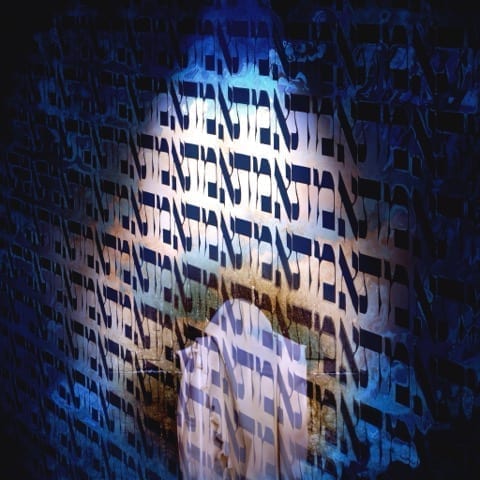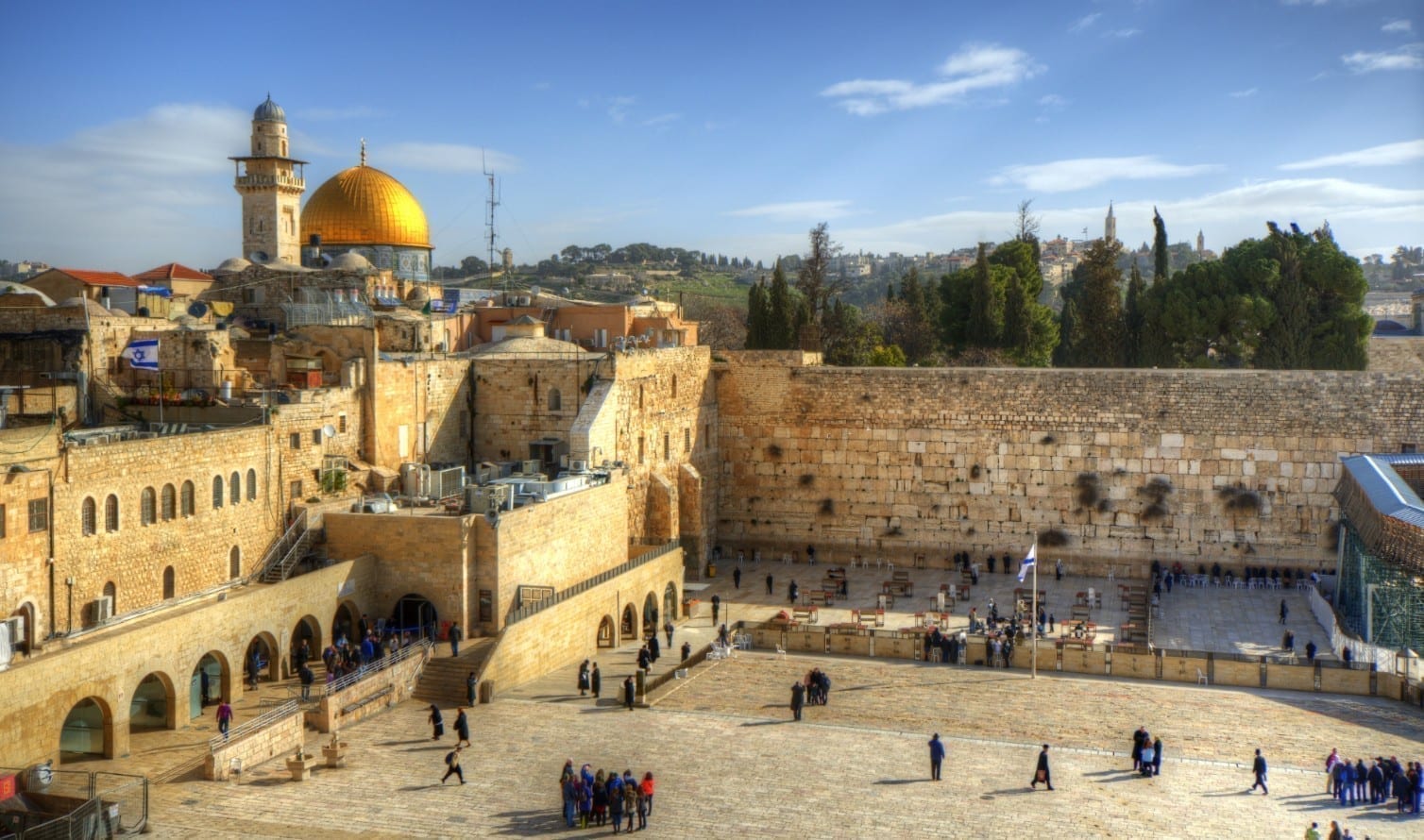But Ha’aretz is not finished with its battles against anything holy. Ha’aretz writer Rogel Alper wrote an article titled: “Whoever prays for rain is an idiot” which managed to really make many people upset. They took to social media to lash out at the self-hating article and Internal Security Minister Gilead Erdan also let them have it.
He posted on his Facebook page: “After thousands of years that Jews prayed for rain (and the truth is not just Jews) Rogel Alper today wrote in Ha’aretz that anyone who prays for rain is an idiot. (He should have sent a special edition to “Honi the Circle Maker” who didn’t know at Ha’aretz they think he’s an idiot for praying for rain.) It’s astounding that Ha’aretz believes that Barghouti will bring peace and that believing that prayer is something legitimate is idiotic in their eyes.”
“Rogel Alper and his friends will respect every custom they encounter on a trip out of Israel; they will go to Spain and cheer for Messi at a Barcelona soccer game getting a sore throat as if he hears them. But when Jews raise their voices in prayer and ask for rain they lose it… I don’t even need to discuss the Rambam who has an amazing approach to prayer that it is first of all for mankind to open up our hearts…”
Arden concludes his post: “In short, I am pained to inform my friends at Ha’aretz that as a believing Jew praying for rain always aroused me and I will continue along with my brothers the house of Israel to pray that rains should come. May we be blessed with a good and rainy winter with G-d’s help.”




